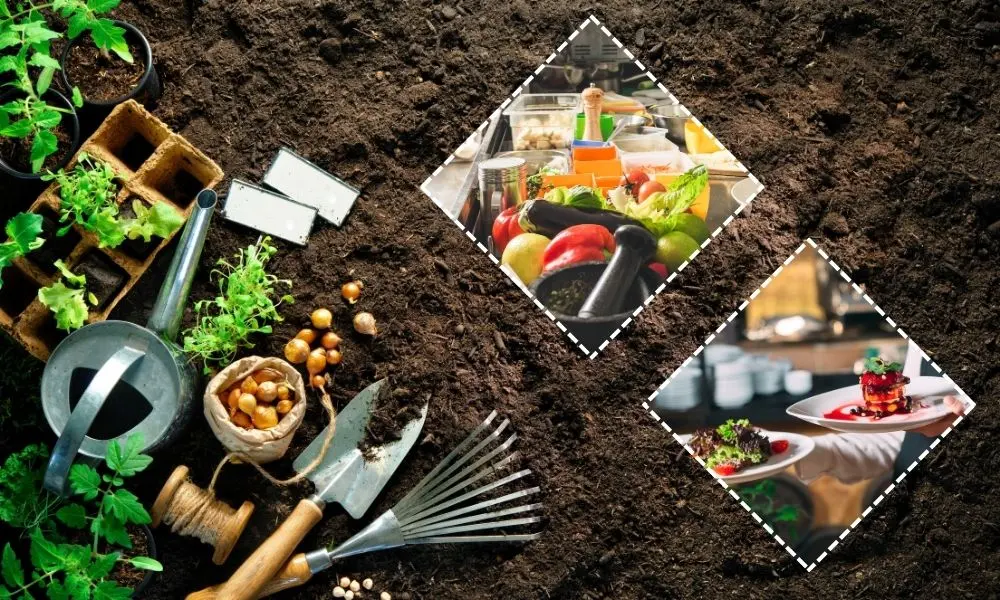National Trust: How eating seasonally can help the planet – and 25 fruits and veggies in season this September
By Amber Allott
Copyright northernirelandworld

September is one of the best months for British produce, a conservation charity saysMany summer crops are still bearing fruit – even as autumn ones come into seasonThere will likely be dozens of types locally grown fruit and veggies available at your local supermarketBuying them can help the environment by cutting back ‘food miles’
Now that there’s an autumnal chill in the air, you might start to notice some of your favourite summer fruits getting scarcer or more expensive at the supermarket.
But according to conservation charity the National Trust, September is “probably the most abundant month for British grown produce”. Whether you grow fruit and veggies in an allotment or garden, or prefer to stick to what you can find in the grocery store, eating seasonally not only tends to be cheaper, but it can often taste better – whilst also being better for the planet.
But how exactly does it help the environment, and what fresh produce can you buy right now that will be in season? Here’s what the National Trust’s guidance on seasonal food says:
What’s in season in September?
According to the National Trust, many summer crops are still going strong at this time of year, while a whole new collection of autumn produce is ripe and ready for harvest. Here are some which are in season at the moment:
Apples Beetroot Blueberries Broccoli Cabbage Cauliflower Carrots Celery Chard Courgettes and summer squash Cucumbers Fennel Figs French beans Lettuce and other salad leaves Pears Peppers and chillies PlumsPotatoes Raspberries (autumn-fruiting varieties) Runner beans Spinach Sweetcorn Shallots, onion and garlic Tomatoes
Why is eating seasonally good for the planet?
In many cases, buying produce that’s in season means it is more likely to have been grown locally – rather than shipped over from another country with more favourable weather conditions at this time of year.
The National Trust says this can help cut back on food miles – the distance food needs to be transported from its producer to you, the consumer – and the need for plastic packaging, “both of which contribute to climate change”.
Technological advances in recent years mean that generally, whatever we want to eat will be available when we want it. But resources published by the Hampshire County Council, in England’s South East, say that the food in our supermarkets “is travelling from further away than ever before to keep up with this demand for year-round availability”.
“These items have often travelled by air, which creates around 10 times more carbon emissions than road transport,” it continued. But the fuel burned to physically transport food is just one part of the problem.
“Growing out-of-season produce can also require higher amounts of energy usage. Farmers must create artificial microclimates to provide the optimal growing conditions,” the guidance added. “This can include needing to provide additional heat and using electrical irrigation systems. Growing tomatoes in a hot greenhouse in December requires more energy than growing them in their natural season in the summer.”
Want to learn about some other ways you can help nature and the environment at home or in the garden? Here are four flowers in bloom right now you can plant to give wildlife a helping hand – and here’s everything you need to know about the September ‘super food’ to add to your bird feeder.



